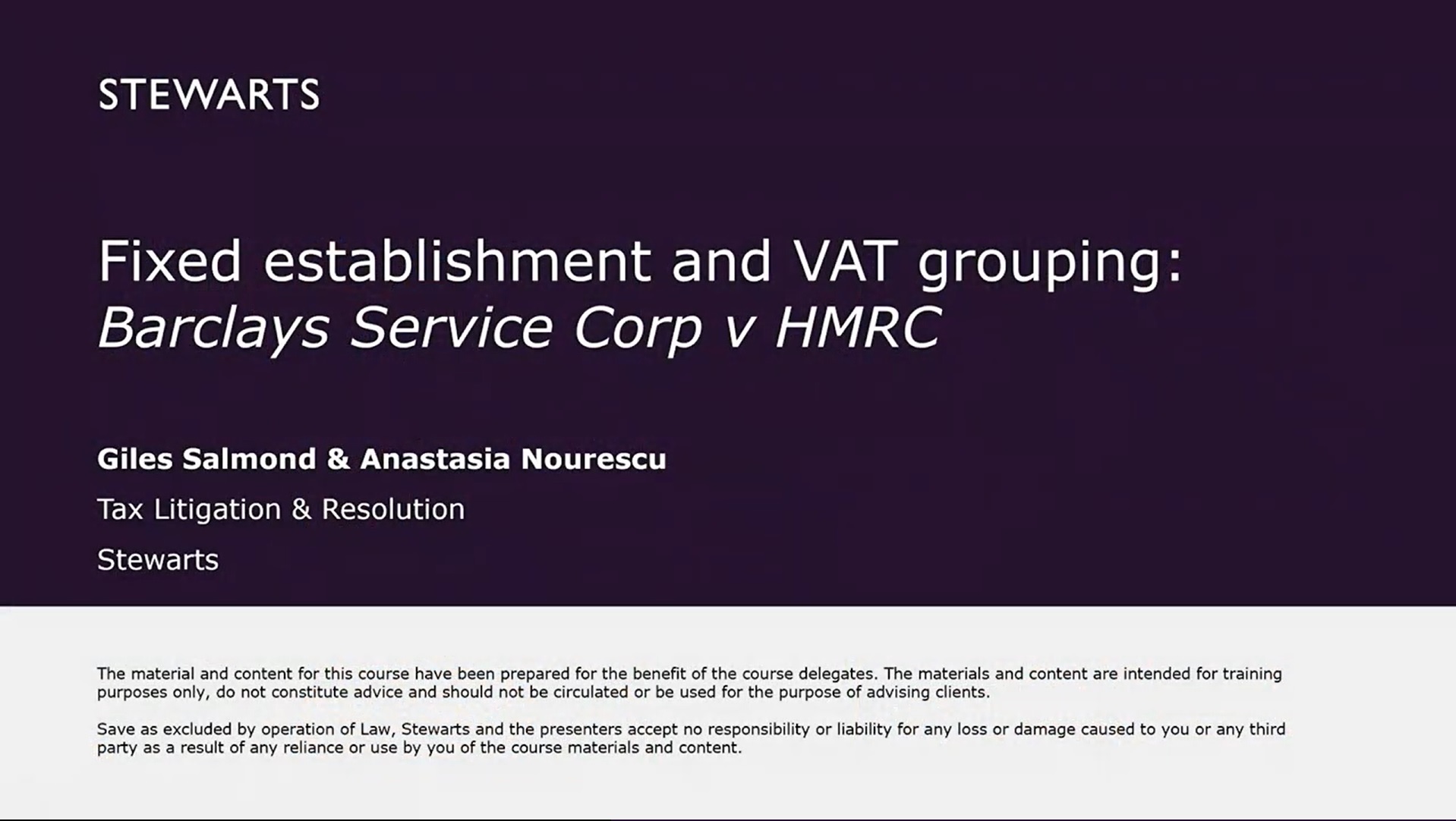The High Court has refused summary judgment in A&O Shearman’s contribution claim against BNY Mellon, finding arguable duties in contract and tort. The judgment emphasises the importance of thoroughly examining the factual context in complex transactions, highlighting that contractual documents alone may not define responsibilities conclusively. Clear documentation and understanding of roles are essential to avoid costly misunderstandings.
In this article, partner James Le Gallais and associate Grace Spurgeon review the recent judgment in Nationwide Building Society v The Bank of New York Mellon, London Branch, and another [2025].
Factual background
This case stems from a costly oversight that has resulted in Nationwide Building Society (the claimant) paying over £93m in additional tax to HMRC (with penalties and late payment interest still to be imposed).
In 2018 and 2019, Nationwide issued notes under its US Medium Term Note Programme. Had the notes been listed on the London Stock Exchange, they would have qualified for the quoted Eurobond exemption under section 889 of the Income Tax Act 2007. However, they were not listed, and as a result, Nationwide faced a significant withholding tax liability.
Responsibility for the listing failure is at the heart of this dispute. At the time, BNY (the first defendant) acted as trustee and paying agent under the programme, with a defined role in executing transactions and operational mechanics. A&O (the second defendant) acted as Nationwide’s US and English Law legal adviser, assisting with documentation and transactional processes.
Nationwide originally pursued claims against both BNY and A&O. However, after procedural developments and concessions, its claim now targets A&O Shearman alone. A&O Shearman has, in turn, brought a claim under Part 20 of the Civil Procedure Rules requiring a contribution from BNY if it is found liable to Nationwide.
BNY applied for summary judgment in March 2025, arguing that A&O Shearman’s claim for contribution had no real prospects of success. The court dismissed that application in a judgment dated 1 May 2025.
Contractual and tortious framework
The ruling centres on whether BNY owed legal duties to Nationwide to ensure the listing of the notes (enforceable by A&O Shearman via a contribution claim) and, if so, under what legal framework.
A&O Shearman argued that BNY contractually undertook to confirm that listing had occurred via paragraph 4.1 of the signing and closing agendas (S&CAs).
BNY argued that the S&CAs were exactly what they purported to be, that is, “agendas which set out a timetable… prepared by a City law firm purely as an organisational tool”. It said the S&CAs did not represent any intention to create legal relations. BNY argued that the contractual documents, particularly the indenture and supplemental indentures, clearly defined and limited its duties, which did not include listing the notes.
Alternatively, A&O Shearman alleged that BNY assumed responsibility to carry out tasks with reasonable care, including confirming that the notes had been listed. This would give rise to a concurrent duty in tort.
BNY contended that no assumption of responsibility arose, especially not in a context where the parties had not intended to create legal relations. It relied on exclusion clauses within the indenture to argue that any tortious duty was displaced.
The judgment
The court refused BNY’s summary judgment application, holding that A&O Shearman’s contribution claim had real prospects of success. The key findings were:
- The contractual claim was arguable. The court accepted that while the S&CAs might appear informal, there was enough care, structure and mutual confirmation surrounding its use to support an arguable case that legal obligations arose, especially in relation to paragraph 4.1, which concerned confirmation of listing.
- The tortious claim was also arguable, assuming the contractual claim had merit. The court accepted that a tortious duty of care can exist concurrently with contractual obligations. Since the contractual promise to confirm listing was at least arguable, the same could be said of an assumption of responsibility.
- BNY’s reliance on the indenture’s limitation clause was not determinative at this stage. The court noted that it excluded implied contractual duties under the indenture but did not clearly exclude duties in tort or duties arising from other documents such as the S&CAs.
In short, the judge found that the factual and legal matrix required a full trial, especially in light of the layered documentation and conduct between the parties. A summary dismissal would improperly pre-empt questions of intention, reliance and assumption of responsibility.
Conclusion
This decision underscores the courts’ emphasis on a detailed examination of the factual matrix when assessing the existence and scope of duties in complex transactional arrangements. While the contractual documents (the indenture and supplemental indentures in this case) remain central to defining roles and responsibilities, they may not be conclusive in isolation. As the judge’s initial scepticism gave way to recognition of an arguable case, the ruling highlights that summary determination of these kinds of issues will rarely be appropriate except in the clearest of cases.
You can find further information regarding our expertise, experience and team on our Tax Litigation and Resolution page.
If you require assistance from our team, please contact us.
Subscribe – In order to receive our news straight to your inbox, subscribe here. Our newsletters are sent no more than once a month.





